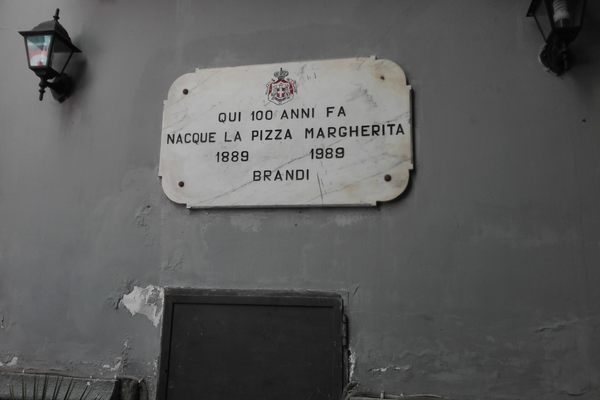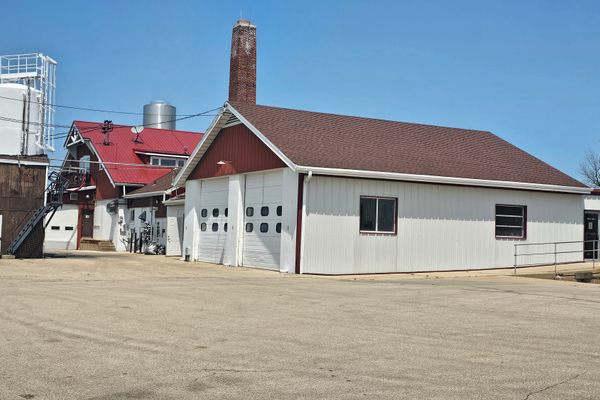The Traditional Pizza Making of Naples Now Has Heritage Status
Good news for Neapolitans, however you slice it.

In the early 19th century, a pizza maker from Naples pulled up stakes and moved to Rome. There, he opened a pizzeria for the town’s large transplanted Neapolitan population, who missed the classic street food of their hometown. The business failed, miserably. Even for homesick Neapolitans, and even when made by a guy from back home, pizza in Rome just didn’t taste quite the same as it did in Naples.
The city’s connection with the food is deep. There are accounts of people eating a similar food in Roman Gaeta, just 50 miles from Naples, as early as 997 A.D. In the 19th century, the urban poor bought it for lunch and then paid for it via a pizza a otto system, which allowed them eight days to find the necessary dough.
For years, “true” Neapolitan pizza makers have been able to pay to have “Associazione Verace Pizza Napoletana” verification, but pretenders can be found on every other street corner from New York to New Zealand. Labels notwithstanding, what makes Neapolitan pizza authentic is the process of making it. In Naples, this requires what’s known as pizzaiuolo, an art passed down from master to disciple and parent to child. As of this week, it now has special protection and recognition, after being approved by UNESCO for inclusion in its list of “intangible heritage” treasures, alongside Mongolian camel coaxing, an Indonesian batik cloth festival, North Korean kimchi making, and much, much more.


Pizzaiuolo comprises far more than just pizza dough twirling, though that’s the most flamboyant and celebrated part of it. It’s a four-stage process, beginning with how the dough is kneaded and shaped, while the beech wood–burning oven comes to temperature. Next is the twirling, whereby the dough becomes a disc, with a rim known as the cornicione. The spinning comes with the traditional singing of songs or telling of stories. And it is more than just performance, since spinning the dough aerates it, for a light consistency. (The impact of the singing on the crust hasn’t been officially determined.) After that, the toppings are put on from the center of the pie outward, in a clockwise spiral. Finally, the pizza goes into the traditional wood-fired oven. In Naples’ Campania Region, there are about 3,000 pizzaiuoli with the necessary knowledge and skill to make real, authentic Neapolitan pizza.
In Naples, this week, people are celebrating the news the best way they know how—with pizza, for breakfast. Even before the recognition had been announced, the Guardian reported, morning commuters were given free slices. “How perfect to celebrate with pizza for breakfast,” local resident Marco Teoldo told the paper, midway through his third slice. “The word pizza must be the most famous in the world, in every language, and now everyone knows we invented it!”
Gastro Obscura covers the world’s most wondrous food and drink.
Sign up for our regular newsletter.

























Follow us on Twitter to get the latest on the world's hidden wonders.
Like us on Facebook to get the latest on the world's hidden wonders.
Follow us on Twitter Like us on Facebook